
Environment
On the DNA trail of the platypus
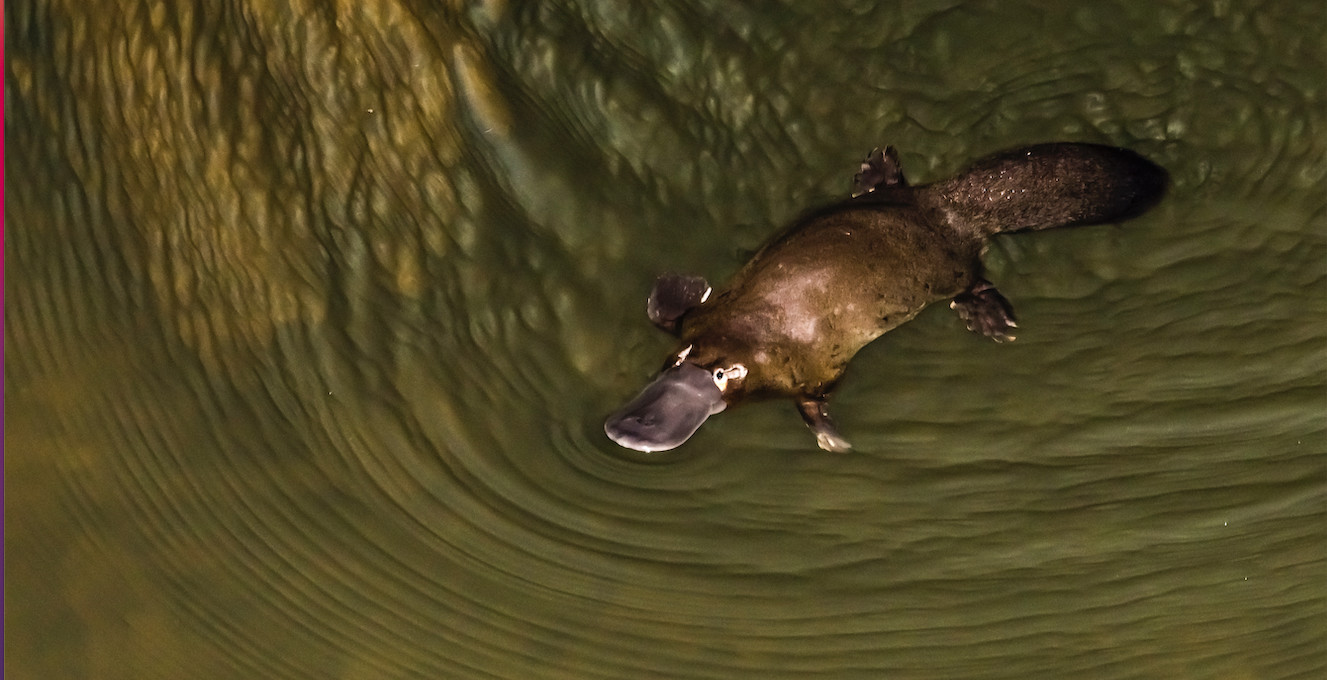
Using smart rainwater tanks and urban lakes, a new project aims to provide crucial water to platypus habitat when it’s needed most – leading up to the breeding season
Published 30 July 2021
The platypus is a remarkable creature. While famous for being one of only two egg-laying mammals in the world, its babies don’t hatch fully formed like many reptiles.
Instead, they hatch blind, hairless and helpless – needing mum’s constant care and a good supply of milk to survive.
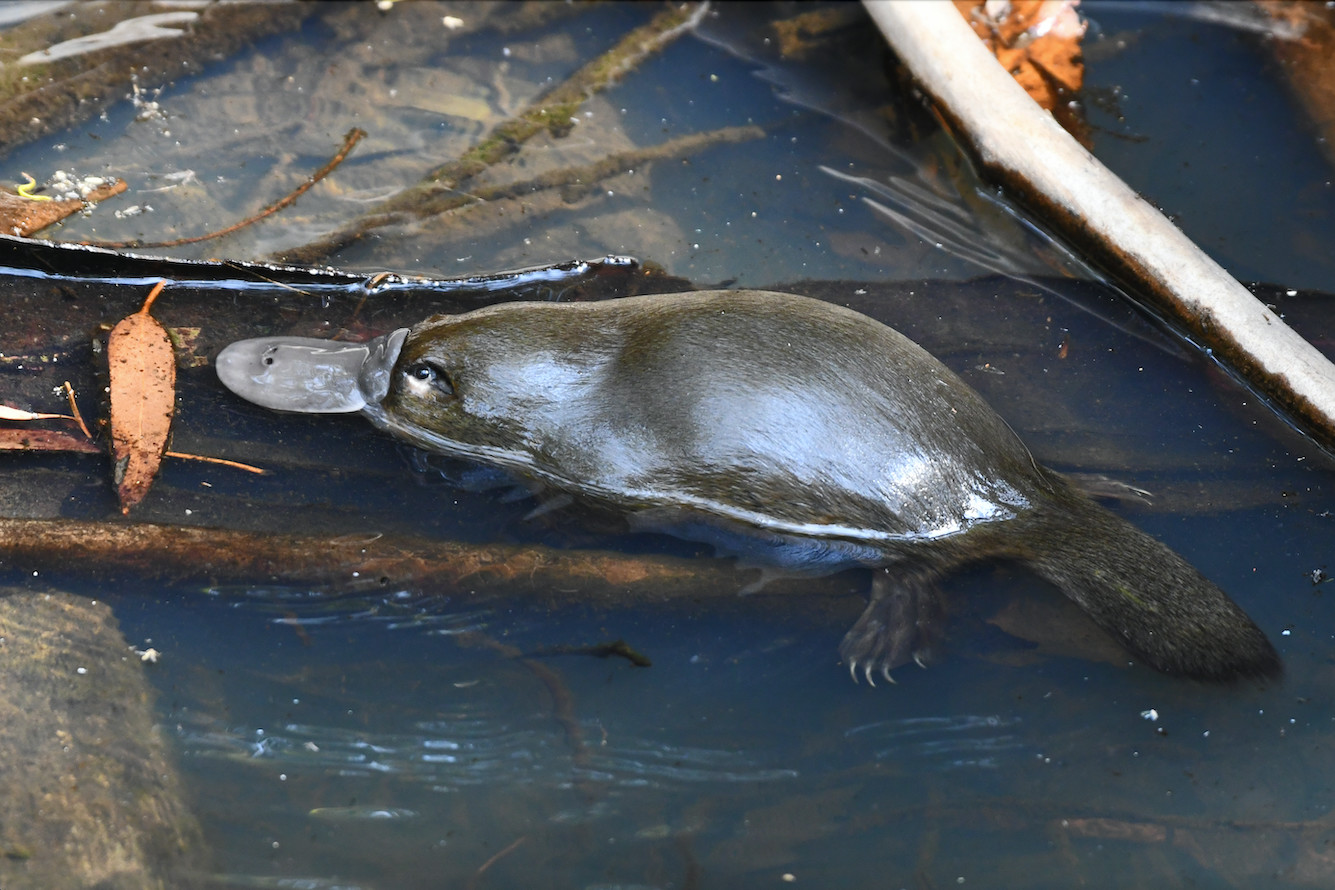
Like all mothers, platypus need to be fit, healthy and well-fed to give their offspring the best possible chance in life.
Once common in Melbourne and its surrounds, stresses arising from habitat loss and modification have resulted in a steady decline of platypus numbers over recent years.

Environment
On the DNA trail of the platypus
A new project aims to reverse this decline through a novel system of ‘smart’ rainwater tanks and urban lakes that can provide crucial water to platypus habitats when it’s needed most – leading up to the breeding season.
Platypus have disappeared from many urban areas, but some small populations still exist across Melbourne, including the Yarra Ranges.
While direct modification to stream channels (for example, to stop erosion or to protect against flooding) impact platypus habitats, another significant threats comes from changes in natural streamflow, which is typical in urban streams.
For example, runoff from impervious surfaces (like roads, roofs and car parks) causes the erosion of waterways – reducing the diversity and quality of habitats for platypus and also results in a degradation of instream water quality.
Not only does urban runoff contain pollutants that may affect the platypus directly, but the contamination can also reduce the availability of its primary food source, macroinvertebrates or bugs.
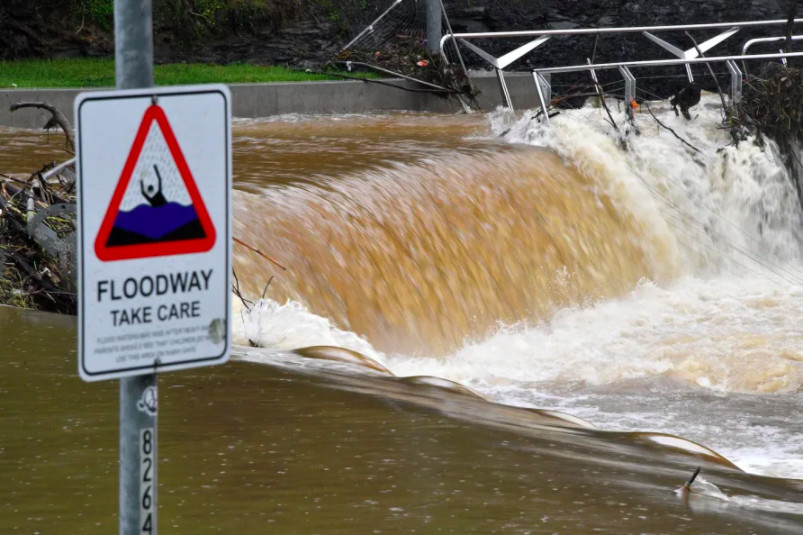
While stormwater runoff massively increases the frequency and magnitude of flow rates in waterways during and immediately after rainfall, degrading the stream channel, most of this water flows directly into and down our creeks and rivers – rather than soaking into the ground and recharging the groundwater.
With less groundwater feeding the stream during dry weather, stream baseflows (or dry-weather flows) will often be lower, particularly during summer and autumn.

Sciences & Technology
Protecting our thirsty urban trees from more harsh summers
This loss of summer and autumn baseflow has major consequences for the platypus’ distribution and reproductive success, decreasing their habitat and their primary food source right at the time when the female platypus need abundant nourishment to prepare them for breeding.
Our team, from the Waterways Ecosystem Research Group at the University of Melbourne, Melbourne Water, South East Water and Yarra Ranges Council, have developed a novel approach to protect the remnant population of platypus in Monbulk Creek in Melbourne’s outer east.
This is the last remaining population of platypus in the Dandenong Creek catchment and identified in the Melbourne Water Healthy Waterways Strategy as being at risk under climate change.
Using new real-time control technology developed by South East Water’s technology division, IoTA, a network of smart rainwater tanks will be created and deployed around the Monbulk Creek catchment, in collaboration with Council, householders and local businesses.

In the trial, householders will be offered a smart rainwater tank at no charge, equipped with the ‘Tank Talk’ controller. The controller uses a mechanical valve connected to a control box that receives data twice daily from the Bureau of Meteorology’s latest rainfall and weather forecasts.
As well as benefiting platypus, the provision of a more natural flow regime through water releases and the capture of urban stormwater in rainwater tanks is expected to benefit the health of Monbulk Creek more broadly and reduce localised flooding.

Sciences & Technology
Delving into the DNA of our iconic platypus and echidna
The smart tank has several benefits:
(i) supply water to the house, as with any rainwater tank
(ii) release water to the stormwater network before rain events. (This then gives the tank capacity to absorb peak flow rates during rain, reducing the risk of flooding)
(iii) release a steady trickle of water to the creek during dry periods, to sustain flows for the local platypus population.
We will construct a smart network, in which each of the rainwater tanks is able to ‘talk’ to the others, coordinating their releases to provide the maximum benefit for the platypus population, while also ensuring each tank has enough water to meet the needs of households, for uses like toilet flushing, washing machines and garden watering.
The smart network will also incorporate two reservoirs: Belgrave Lake (managed by Yarra Ranges Council), and Monbulk Creek Retarding Basin at Birdsland Reserve (managed by Melbourne Water).
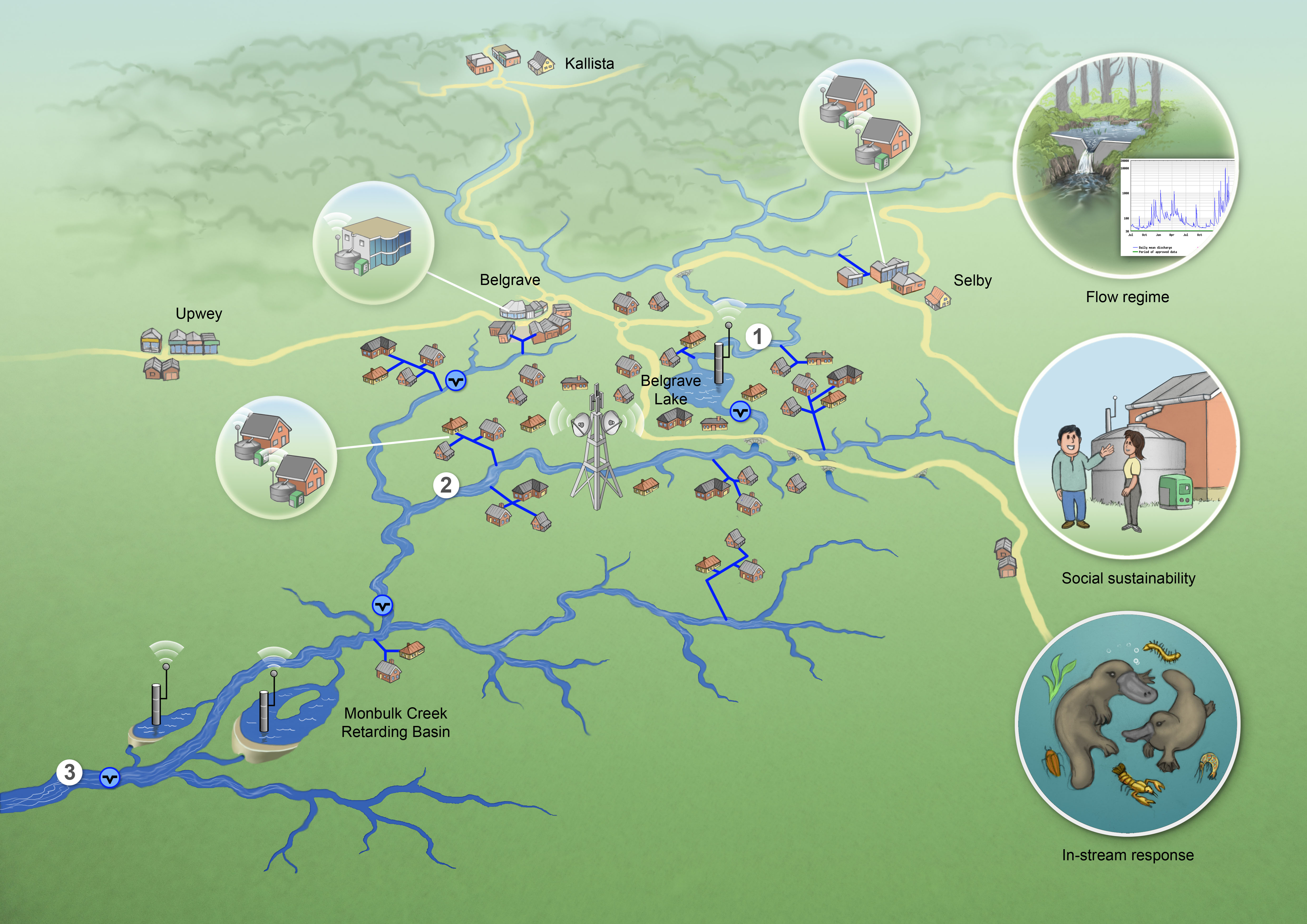
These large storages will give us a greater ability to regulate the flows provided to the platypus population.
For example, we could release a single, targeted environmental flow from one of these storages, with subsequent releases from upstream rainwater tanks to refill them over the following week.

Sciences & Technology
The sleepy lizard awakens new tools for climate change research
Our study, funded by the Australian Research Council’s Linkage Program will measure how effective the smart-tank network is in improving the hydrology of Monbulk Creek, and how effective the increased baseflow is in increasing the area of the stream channel that is submerged in water – what we call “wetted habitat” – which is crucial to the survival of the platypus population.
Our study will also quantify the ecological response, measuring the amount and diversity of macroinvertebrates (platypus prey), and use eDNA (environmental DNA) to get a comprehensive idea of the range of organisms living in the creek, including the platypus, fish and crustaceans.
Using this new real-time control technology across a smart-tank grid opens a whole range of possibilities to deliver more sustainable management of the water cycle in urban areas.
The technology can also augment household water supply and help to reduce the risk of flooding while delivering flows that help urban waterways remain in a more natural and healthy condition.
And just as the advent of solar panels has ‘democratised’ the generation and supply of electricity, the creation of smart-tanks could allow individual householders to become both consumers and suppliers of water and, perhaps one day, be financially rewarded for their contributions.
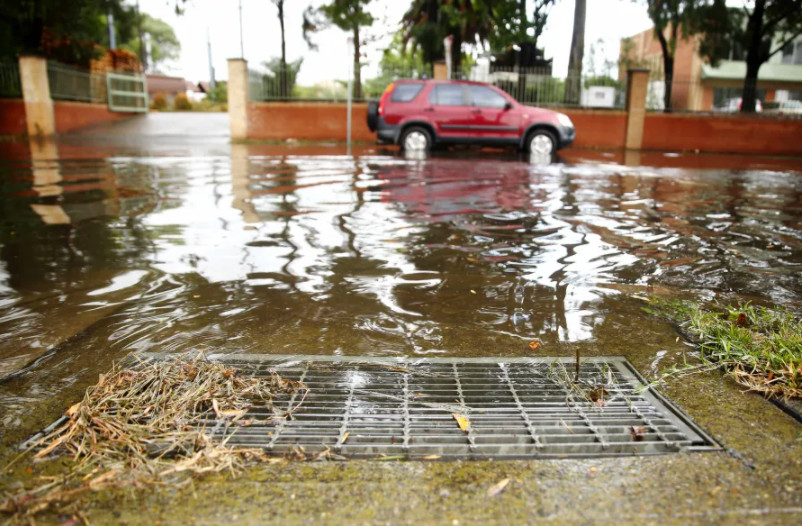
Future cities that use rainwater and stormwater as a much more significant supplementary water source will be better able to adapt to climate change – for example, by providing irrigation of street trees and urban green spaces.
Maximising the use of stormwater as a water resource will also reduce the need for the transfer of water from rural regions to support the growth of urban areas and indirectly support the water economies and health of rural economies.
There’s a rapidly growing global demand for smart water technology, offering the potential for our system to be developed into a lucrative export market.
Developing a market like this in Australia would not only help our native animals, but help boost Australia’s reputation as a leader in water technologies.
Banner: Getty Images